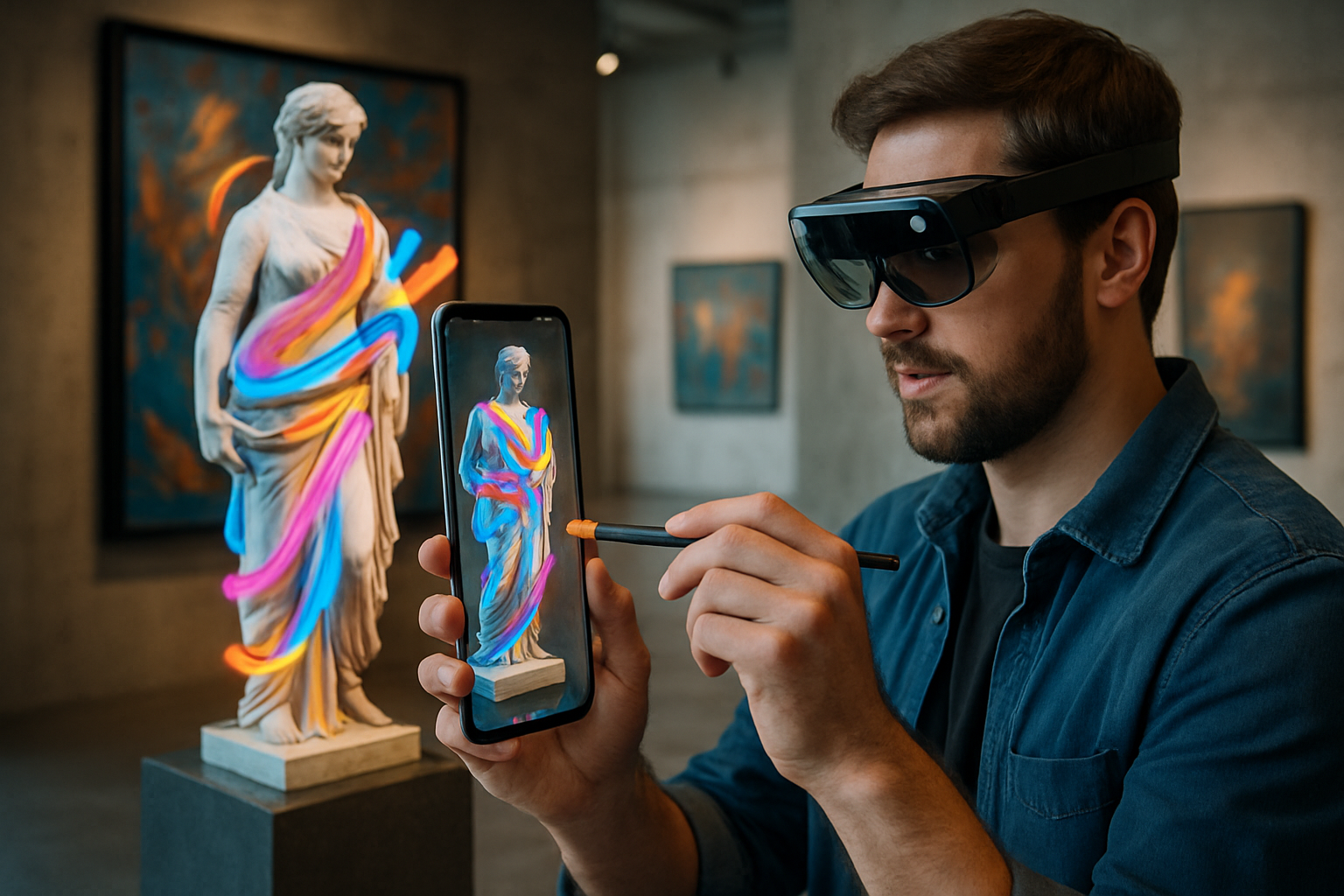Microcommunities: The New Frontier of Social Belonging
In an era of global connectivity, a fascinating paradox is unfolding. As our world grows increasingly interconnected, individuals are seeking more intimate, specialized spaces for connection. This phenomenon has given rise to microcommunities – small, tightly-knit groups united by niche interests, shared experiences, or common goals. These digital tribes are reshaping how we form relationships, find support, and construct our identities in the 21st century. Read below to explore the intricacies of this social evolution and its profound impact on modern society.

The rise of microcommunities is intrinsically linked to the proliferation of social media platforms and specialized online forums. These digital spaces provide the infrastructure for like-minded individuals to find each other, fostering connections that might have been impossible in the pre-internet era. As a result, people are no longer limited to their immediate surroundings for social interaction and support, leading to the formation of these highly focused, often global, communities.
The Psychology of Digital Belonging
At the heart of the microcommunity phenomenon lies a fundamental human need for belonging and acceptance. In an increasingly fragmented and individualistic society, these digital tribes offer a sense of community that many find lacking in their offline lives. Psychologists argue that microcommunities fulfill several key psychological needs:
-
Identity affirmation: By joining groups that align with specific aspects of their identities, individuals find validation and reinforcement of who they are.
-
Social support: Microcommunities often serve as valuable support networks, particularly for those dealing with unique challenges or interests not widely understood in their immediate circles.
-
Cognitive enrichment: These groups provide platforms for learning, skill-sharing, and intellectual stimulation among peers with shared interests.
-
Empowerment: Particularly for marginalized groups, microcommunities can offer a sense of collective strength and the ability to effect change.
This psychological underpinning explains why many individuals invest significant time and emotional energy in their digital tribes, often forming deep, meaningful connections with people they may never meet in person.
The Societal Impact of Microcommunities
The proliferation of microcommunities is having far-reaching effects on broader society. On one hand, these groups are fostering unprecedented levels of specialized knowledge sharing and collaboration. Hobbyists, professionals, and activists alike are finding platforms to exchange ideas, innovate, and organize in ways that were previously unimaginable.
However, the rise of microcommunities also presents challenges. There are concerns about the potential for echo chambers and increased social fragmentation. When individuals primarily interact with like-minded others, it can reinforce existing beliefs and potentially lead to more polarized views on broader societal issues.
Moreover, the strength of these digital connections is raising questions about the nature of community itself. As people invest more in their online tribes, some researchers worry about the impact on local, face-to-face communities. Are we sacrificing depth in our immediate relationships for breadth in our digital ones?
Microcommunities as Catalysts for Social Change
Despite potential drawbacks, microcommunities have proven to be powerful catalysts for social change. By connecting individuals with shared experiences or concerns, these groups have mobilized collective action on various fronts:
-
Advocacy for rare diseases: Patients with uncommon medical conditions have formed global networks, accelerating research and improving care standards.
-
Environmental initiatives: Niche groups of eco-conscious individuals have sparked global movements, from plastic-free living to urban gardening.
-
Social justice: Marginalized communities have found strength in numbers, coordinating awareness campaigns and pushing for policy changes.
-
Cultural preservation: Diaspora communities and enthusiasts of endangered languages or traditions use digital platforms to keep their heritage alive.
These examples illustrate how microcommunities can amplify voices that might otherwise go unheard, turning shared interests into meaningful societal impact.
The Future of Digital Tribes
As technology continues to evolve, so too will the landscape of microcommunities. Virtual and augmented reality technologies promise to make these digital interactions even more immersive, potentially blurring the lines between online and offline social experiences.
Artificial intelligence and machine learning are likely to play a significant role in connecting individuals to relevant microcommunities, possibly creating even more specialized and nuanced groupings. This hyper-personalization of community could lead to unprecedented levels of social satisfaction but may also exacerbate concerns about filter bubbles and social fragmentation.
The challenge for society will be to harness the positive aspects of microcommunities – their ability to connect, support, and mobilize – while mitigating potential negative effects. This may involve developing new social norms and digital literacy skills to navigate the increasingly complex web of online interactions.
As we move forward, it’s clear that microcommunities will continue to shape how we connect, learn, and grow as individuals and as a society. Understanding and adapting to this new frontier of social belonging will be crucial for navigating the complexities of our increasingly digital world.





